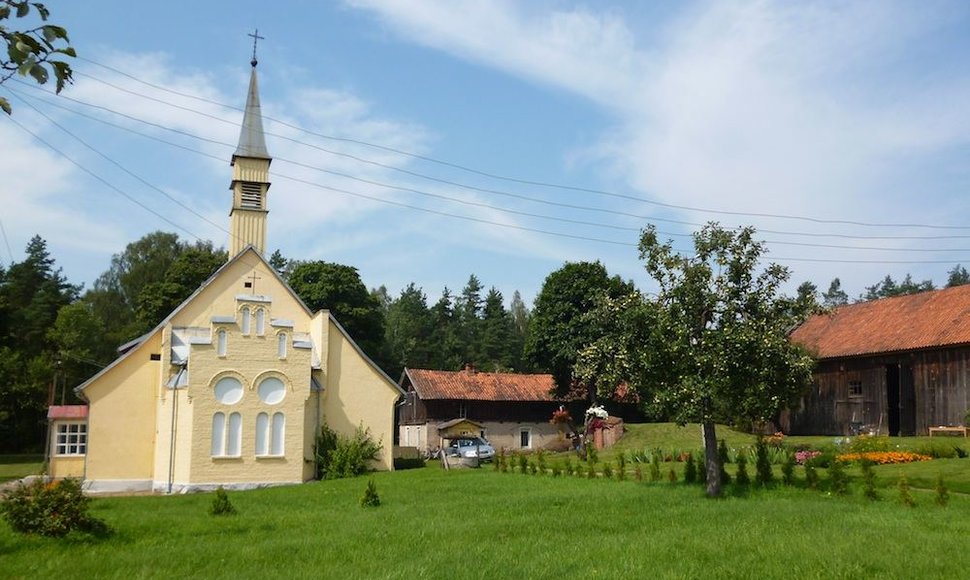First impressions
“Looks like a postcard now, while twenty years ago, Viešvilė was a shabby provincial town,” sociologist Vidmantas Daugirdas says, intriguingly.
It still comes somewhat short of being a postcard – tree branches cannot entirely hide broken windows in deserted blocks from view and puddles cover entire streets after a rainstorm. However, Viešvilians are tidy people – their gardens are sparkling neat, flowerpots adorn many windows. Stork nests punctuate the townscape and there is a young mother pushing a baby pram – an indeed rare scene in Lithuanian provinces these days.
“It will all look pretty in 2 or 3 years,” says former community leader Algimantas Liaudaitis as he strolls along a park way. He is now chairman of the local community centre Skalvija.
The new elder of the community, Valentinas Kucinas, has ambitious plans for the town. Waterworks and sewage upgrade is underway, street lighting renovation is planned soon, and Klaipėda Street, the main artery of Viešvilė, is to get a major facelift next spring. The street is part of the Kaunas-Šilutė road, so it always has intense traffic. So far, the main street is neither safe nor comfortable to walk – there are no sidewalks, just gravel roadsides.
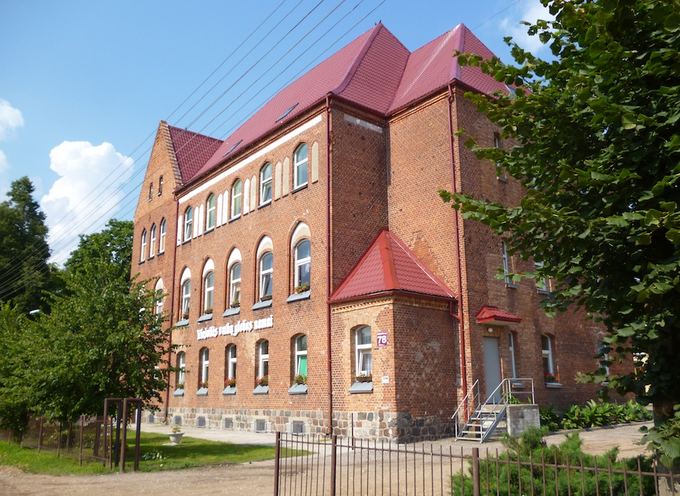 |
| Eglės Digrytės nuotr./Viešvilė |
Awards for sports and fish soup
15min visited the elder of Viešvilė during high season – the last days of preparations for an annual Viešvilė festival. Its originator was the previous community elder and originally it was an open day of public institutions. Now, Viešvilians hold a concert and elect the most beautiful house in the community.
In winter, Viešvilė has been holding a sports spartakiad for over a decade – local residents compete in basketball, volleyball, darts, checkers, chess.
Among organizers of the spartakiad is Aldona Palavinskienė, a woman in her 70s. Not only does she actively engage in sports, she is also a member in a club for senior citizens. The club of 25 people, most of them retired teachers, who hold their own festivals, sports competitions, celebrate each others' birthdays and grandparenthood.
Viešvilė's cultural life is thriving. This summer, there were two literary afternoons. Artistically gifted people can paint, draw, do pottery in a local art studio run by artist Eglė Untulytė who has moved to her husband's home town from Kaunas.
“There are no cafés, no cinemas. People need to be given things to do, so they don't hang out on streets with bottles of beer. There are people like that, too, it can't be helped – every village has its own characters. But there are no mean people who disturb others. We are used to one another. Our community is one of the most civilized in the region,” Liaudaitis says, superstitiously knocking on his table three times.
Viešvilians themselves go often enough to sporting events held in other towns and hardly ever return without a prize. These take up several shelves in the office of the community elder.
There is a diploma from a fish soup contest hanging on one wall. Curiously, Kucinas, who began in the office ten years ago, introduced himself to the community by making fish soup. The elder has taken his prize-winning bowl to many festivals along the Lithuanian coast as well as in Poland and France. His 60-litre kettle can make enough soup for 120 people. “I cannot blow my own horn, but the soup disappears in no time.”
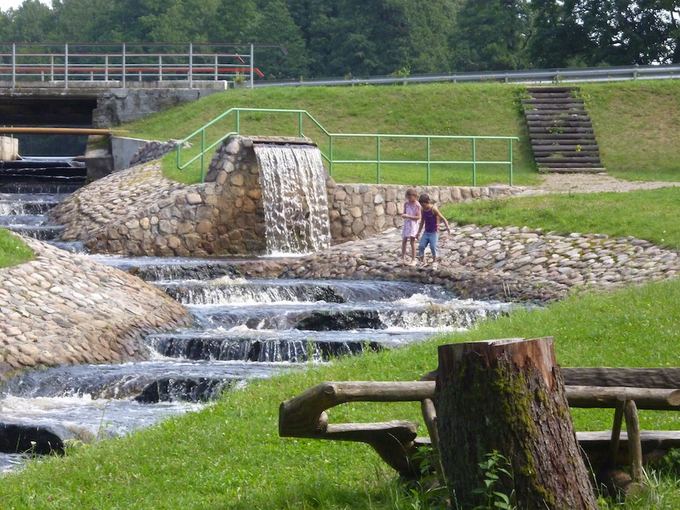 |
| Eglės Digrytės nuotr./Viešvilė |
Defunct agriculture school
During the Soviet times, Viešvilė School of Agriculture used to train farm machine operators, milkers, milk laboratory assistants. The school was the main breadwinner for the town – it had up to one thousand students, hundreds of staff, operated a training farm, a sawmill, it owned a lot of farming machinery.
55 years later, all these assets are part of Smalininkai Business and Technology School.
Kucinas still thinks that Viešvilė could have kept the school – all it had to do was to adapt to the needs of the economy and train masons, chimney sweeps, bricklayers: “The school had a solid base. Destroying things is easy. Now we are left with great memories and a collection of empty buildings.”
Population of a hundred years ago
Currently, the population of Viešvilė is 1.3 thousand – smaller than in the beginning of the 20th century. Mass emigration has affected every second family in the community.
Graduates of the local secondary school – 14 pupils this year – continue their education in Jurbarkas Gymnasium or in Smalininkai. “We managed to keep the secondary school, a drugstore, an ambulatory centre, a hair salon. Our kindergarten and arts centre had even disappeared for a short while,” Liaudaitis says.
There are three libraries in town – one housed in the Culture Centre, one in the school and one in a local foster home. All these institutions have internet connection. The community even has a Facebook page. This is where all the latest news from Viešvilė gets announced first, Liaudaitis laughs.
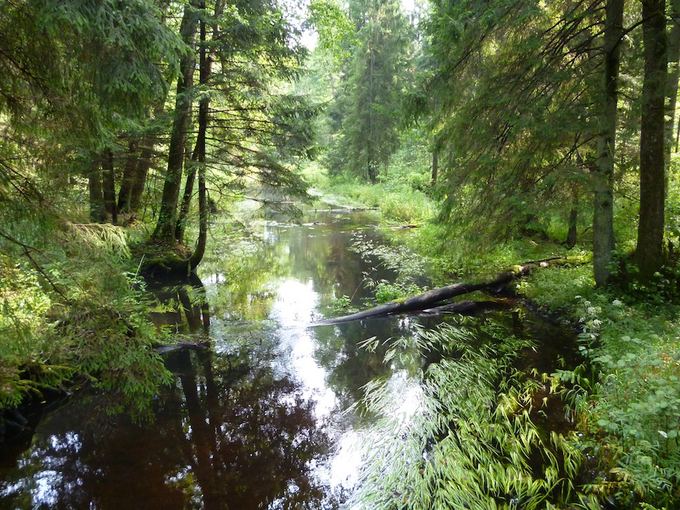 |
| Eglės Digrytės nuotr./Viešvilė |
Anonymous gift
Liaudaitis takes us to the foster home that he runs. It is currently the biggest institution in town, housing about 60 kids and employing almost as many staff. 17 social workers are studying for a degree, instructed by lecturers who come here on weekends.
The foster home opened about sixty years ago, in the town's biggest building – the court of justice built in 1902.
The youngest charges – zero to five years old – live together, while the rest live in families. Most of the kids are between 13 and 17 years old and none of them are truly orphans. Some foster kids have found a new home in Italy or the United States. Liaudaitis and his wife have brought up two adopted sons, in addition to their three biological kids.
Foster home children, assisted by social workers, make their own breakfast and dinner in a well-equipped modern kitchen. Corridor walls are covered with kids' drawings and colourful graffitis as well as images by a professional photographer.
The little ones have bathrooms with tiny water-closets in their quarters. They are build on funds donated by people who wished to remain anonymous. One couple was returning home from vacation in Palanga and stopped by to look at the foster home. They enquired about the biggest problems that the institution was having. The director mentioned antiquated Soviet-era bathrooms and, a week later, his bank account was credited 50 thousand litas.
The foster home also has a small museum called “Homes of the Homeland.” Most of its exhibits were donated by Germans who used to live in Viešvilė and their descendants. Books, maps, and other documents tell the story about the lives of Germans in Viešvilė until 1944, when they were forced to leave their homes and flee.
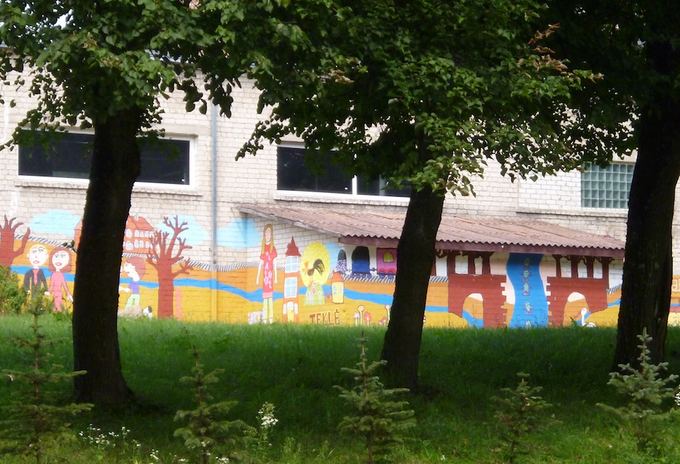 |
| Eglės Digrytės nuotr./Viešvilė |
Salmon spawn in Viešvilė
We are going to a park next. A small sand rectangle catches one's eye – a court for beach volleyball tournament. The event – as well as a football competition – is organized by Liaudaitis' younger adopted son, 21-year-old student at the Lithuanian Academy of Physical Education.
Across the street, there is a fish-ladder designed by Gediminas Lietuvininkas – salmon swim up the Nemunas from the Curonian Lagoon and spawn here.
Across a small bridge – there are plans to renovate it and name the Dating Bridge or Love Bridge – one can see a flower design in the shape of Lithuania; behind it, a painting on a boiler-house wall by Untulytė's students. It depicts the town of Viešvilė: its school, river, train station. In the olden days, there was a narrow gauge railway running through Pagėgiai, Viešvilė, and Smalininkai. Kucinas would like to see it rebuilt and operating a vintage train.
5-kilometre tourist track
The park is the start of a 5-kilometre hiking path that crosses the Karšuva Forest, the third biggest forest in the country. It winds past Viešvilė Reservation, famed for its marshes and included into the list of world's most valuable wetlands. Half of the route – up until a small bridge across the river – can be finished by car.
Some stretches of the route are paved with stones. There are information stands about trees, berries, animals, and mushrooms growing in the forest.
The forest has beeches valued for their hard timber, arrow-leafed German oaks that turn red in autumn, maples. The Viešvilė river, fed from waters of the extensive marshes, is home to beavers, otters, trouts. In the nearby forests, there are wolves and lynxes.
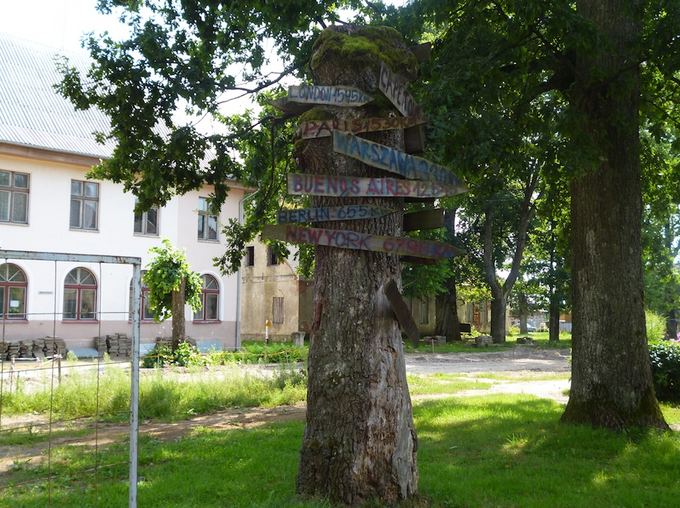 |
| Eglės Digrytės nuotr./Viešvilė |
Lack of tourism services
Viešvilė hopes to become a tourist attraction so it pays much attention to recreational and educational sites. A missile base was located just a few kilometres away in the Soviet times, but now it is in ruins. According to Liaudaitis, there has been ideas to turn it into a tourist site or use for growing champignons, but nothing came of it because there was no electricity supply. Even though foreigners who come to Viešvilė ask local people to show them the base.
The director of Skalvija admits that there is still a shortage of information for tourists, especially in foreign languages, as well as accommodation and places to eat. Tourists can book rooms in the foster home, but they need to make arrangements in advance.
There used to be a café just outside the park, but the hostess decided to give it up. Local entrepreneur Kęstutis Kuniauskas has come up with an idea to turn the former agriculture school into a small hotel with a pool, a café, and a SPA.
Economy of tinsmiths
Since land in Viešvilė is not fertile, it is hardly a suitable place for agriculture. The local economy survives on the secondary school, the foster home, and private enterprise. Awhile ago, many people made a living on used cars, so now the town boasts around 30 tinsmiths.
It was entrepreneur Kuniauskas who saw the potential. When people started renovating their houses, they needed windowsills, gutters, roofs. With jobs in short supply, some Viešvilians followed the suit.
Some of them now produce semimanufactures, while others take them around the country and work in construction. Viešvilians say they do not even need to advertise their services – there is plenty of work for them.
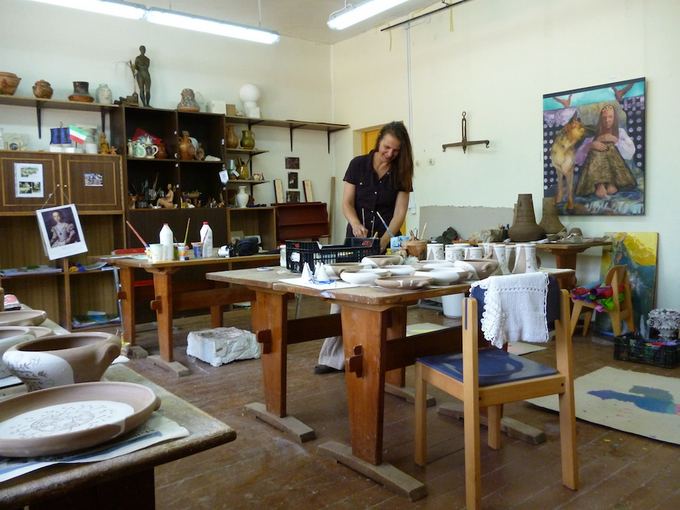 |
| Eglės Digrytės nuotr./Viešvilė |
History of Viešvilė
Viešvilė is located in Jurbarkas District, on the road Kaunas-Šilutė, on the right bank of the river Nemunas. It is part of the former Lithuania Minor – Lithuanian-speaking region that was part of Prussia.
Linguists believe that the town derives its name from the river Viešvilė that was first mentioned in crussaders' descriptions of their war trails in the 14th century. The settlement is first mentioned in 1542.
Over 18th-19th centuries, Viešvilė became a minor industrial centre. It built a mill, an oil press, a sawmill, a currier workshop, one of the biggest paper mills in East Prussia, a copper factory. The town had a steamship harbour and a customs point.
Two burial sites have been discovered near Vaišvilė and a rich collection of weaponry. It shows that the area was inhabited by people, wealthy blacksmiths, back in the 10th to 12th century.
Moreover, in July, a group of archeologists led by Ugnius Budvydas unearthed a baby grave with shrouds and other finds that are believed to date back to the 9th century.
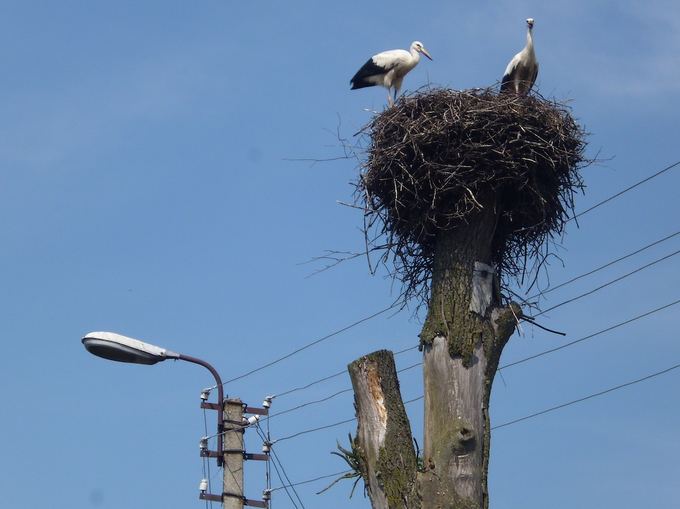 |
| Eglės Digrytės nuotr./Viešvilė |

